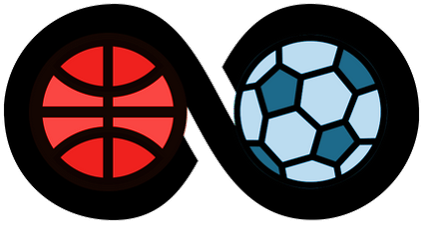Harnessed to a large hand-controlled kite, and powered by the wind, the kiteboarder uses a board (similar to a snowboard, wakeboard or skateboard) to ride and glide across the water.
Kiteboarders are only able to fly their kites through an imaginary wind window. Unlike in windsurfing and other sailing disciplines, kiteboarders need minimum wind speed to get their wings up in the sky.
The most common types of kites are inflatable kites (C-Kite, Bow Kite, Delta Kite, Hybrid Kite), and foil kites. The most popular kiteboard models are twin-tip boards, wake-style boards, race boards, wave boards, and foil boards.
Wave Kitesurfing
The term “kitesurfing” says a lot about this discipline. Wave kitesurfing is nothing more than surfing with a kite.
The goals are similar to surfing – to ride a wave and execute flashy tricks on the open face; to get barreled, and throw aerial moves.
Kite surfers often use surfboards to ride their kites in the waves.
Freestyle Kiteboarding
Freestyle is one of the most popular disciplines in kiteboarding.
Riders fly C kites, and try to perform unique, radical, and complicated maneuvers, rotations, as well as hooked and unhooked tricks.
Traditionally, freestyle kiteboarding is a water sports discipline, mainly inspired by wakeboarding, snowboarding, and skateboarding.
Speed Kiteboarding
The goal of speed kiteboarders is to achieve the maximum speed on a 500-meter course.
In fact, kiteboarders are the fastest boardsailors in the world, beating windsurfers by more than four knots.
Big Air
Big air kiteboarding is a popular and ever-growing discipline focused on the height of the jumps and the amplitude of maneuvers.
It is one of the most dangerous classes in kiteboarding with its kite loops, board-offs, hang time, and complex rotations that sometimes result in breathtaking wipeouts.
